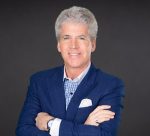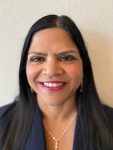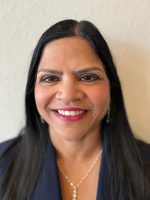The food industry has faced numerous challenges in recent years that have disrupted its stability and normal operations. While it might feel like the industry is finally starting to stabilize, there is still a long way to go to achieve a steady new normal. The industry remains extremely vulnerable to inflation pressures, product shortages, cyberattacks and food fraud. Any one of these risks can send a manufacturer or restaurant scrambling to replace missing ingredients or supplies and resume operations.
In today’s unpredictable landscape, crisis management plans are essential for reducing downtime, safeguarding food quality and maintaining customer trust. These plans help establish backup suppliers in times of supply chain disruptions and bolster defenses against cyberattacks and food fraud. While there is no one-size-fits-all approach, developing a customized crisis management plan tailored to your specific production risks is crucial. Below are some insights into using a crisis management plan to tackle common threats faced by food manufacturers and restaurants.
Vendor Management: Ensuring Continuity
Vendors play a key role in the food industry, and their vulnerabilities can directly impact your food safety and quality. Ingredient shortages and price fluctuations create supply chain disruptions that must be managed through proactive measures.
Including a vendor replacement strategy in the crisis management plan enables quick adaptation to unforeseen circumstances. This strategy should encompass multiple sourcing options, rigorous vendor audits, effective communication channels, comprehensive product specifications and efficient change management processes.
Detecting and Preventing Food Fraud
When supply chains are disrupted, food fraud becomes a serious concern. Counterfeiting, dilution, substitution and mislabeling pose risks to both food quality and safety. To combat food fraud effectively, it’s important to vet suppliers to ensure they provide the correct ingredients and adhere to quality standards.
Integrating your supplier selection processes into the crisis management plan will help ensure consistency as you vet new suppliers. Additionally, frontline employees should receive training to detect food fraud. This includes training that enables them to identify abnormalities in raw materials, manufacturing processes and finished goods.
Risk management is not solely the responsibility of leadership. To effectively combat food fraud, it needs to be part of your frontline worker food safety training program.
Safeguarding Against Cyber Threats
With increasing reliance on technology, the food industry has become more vulnerable than ever to cyber threats. Last year, the U.S. cybersecurity company Dragos identified the food and beverage sector as the second largest victim of cyberattacks, making it imperative to prioritize cybersecurity measures.
While robust security platforms and backup systems are important, the most effective defense lies in having an informed workforce trained to identify and prevent potential attacks. It’s critical to ensure your crisis management plan includes preventative measures such as educating employees on recognizing suspicious emails, updating passwords regularly and avoiding risky online behavior.
Transparent Communication Builds Trust
When changes occur in suppliers, products or ingredients, transparent communication with your customers is vital. The crisis management plan should lay out clear guidelines for informing customers on important updates, including formulation and label changes when different ingredients or formulas are used. These guidelines should have the agreement and support of multiple internal departments, including management, marketing, production, safety and quality. Implementing thorough communication strategies can be time-consuming, but surprising customers with unexpected product changes can cause lasting damage to their trust and loyalty.
In today’s challenging food industry environment, proactive planning and risk mitigation are crucial for preserving business continuity, brand reputation and customer relationships. A comprehensive crisis management plan tailored to address specific threats is essential. By prioritizing cybersecurity, vendor management, fraud prevention and transparent communication, food businesses can navigate the challenges effectively and ensure their long-term success in this rapidly evolving landscape.






















